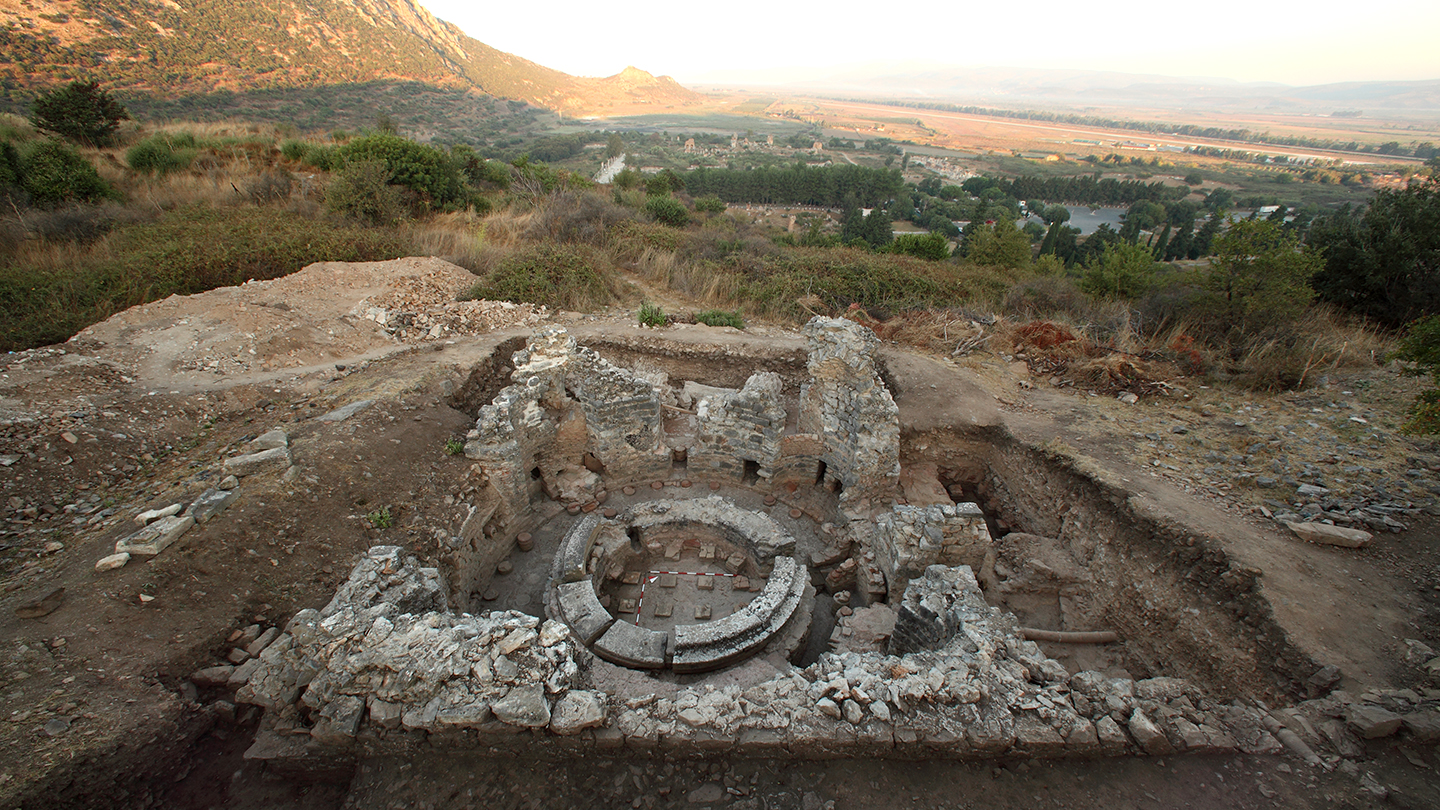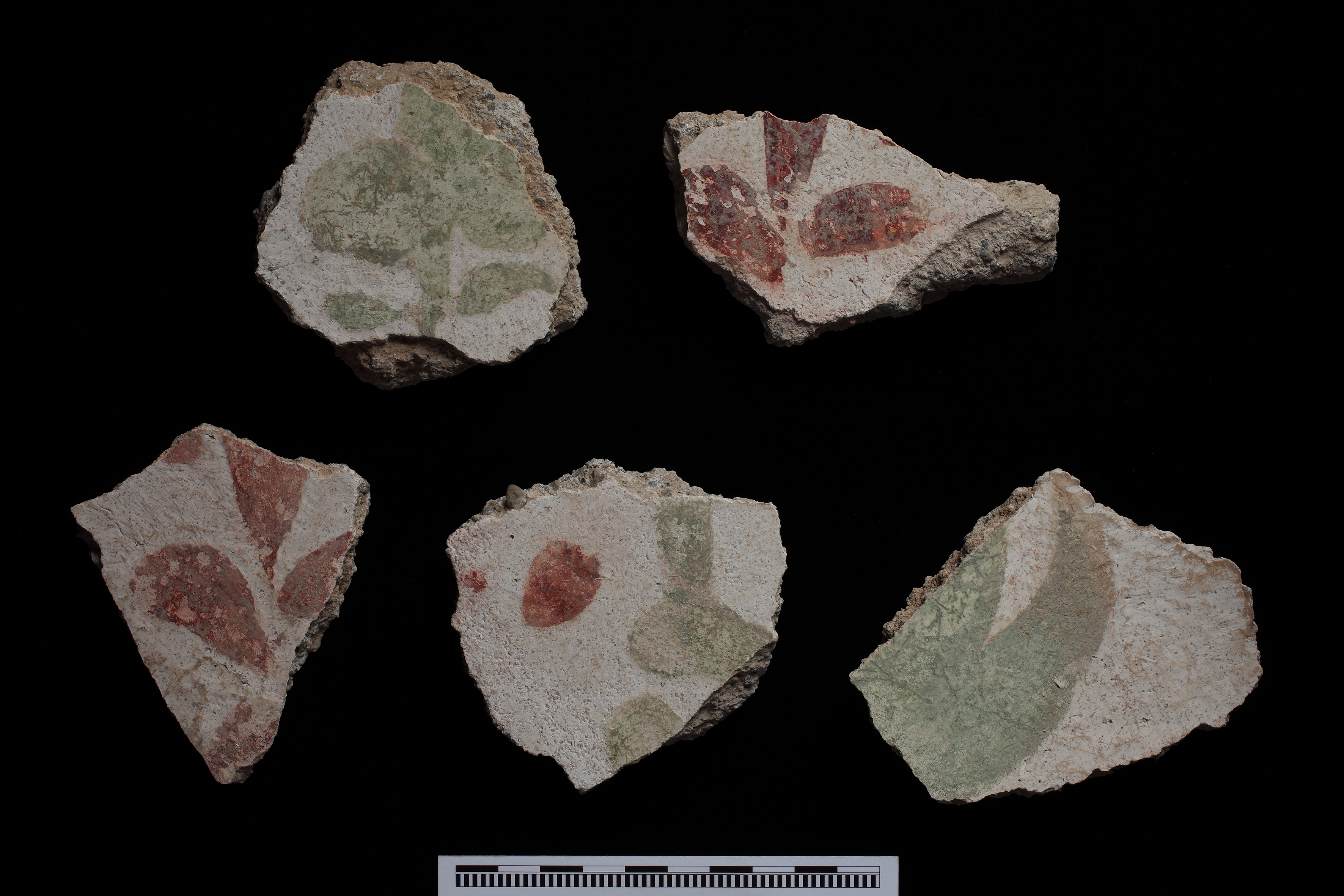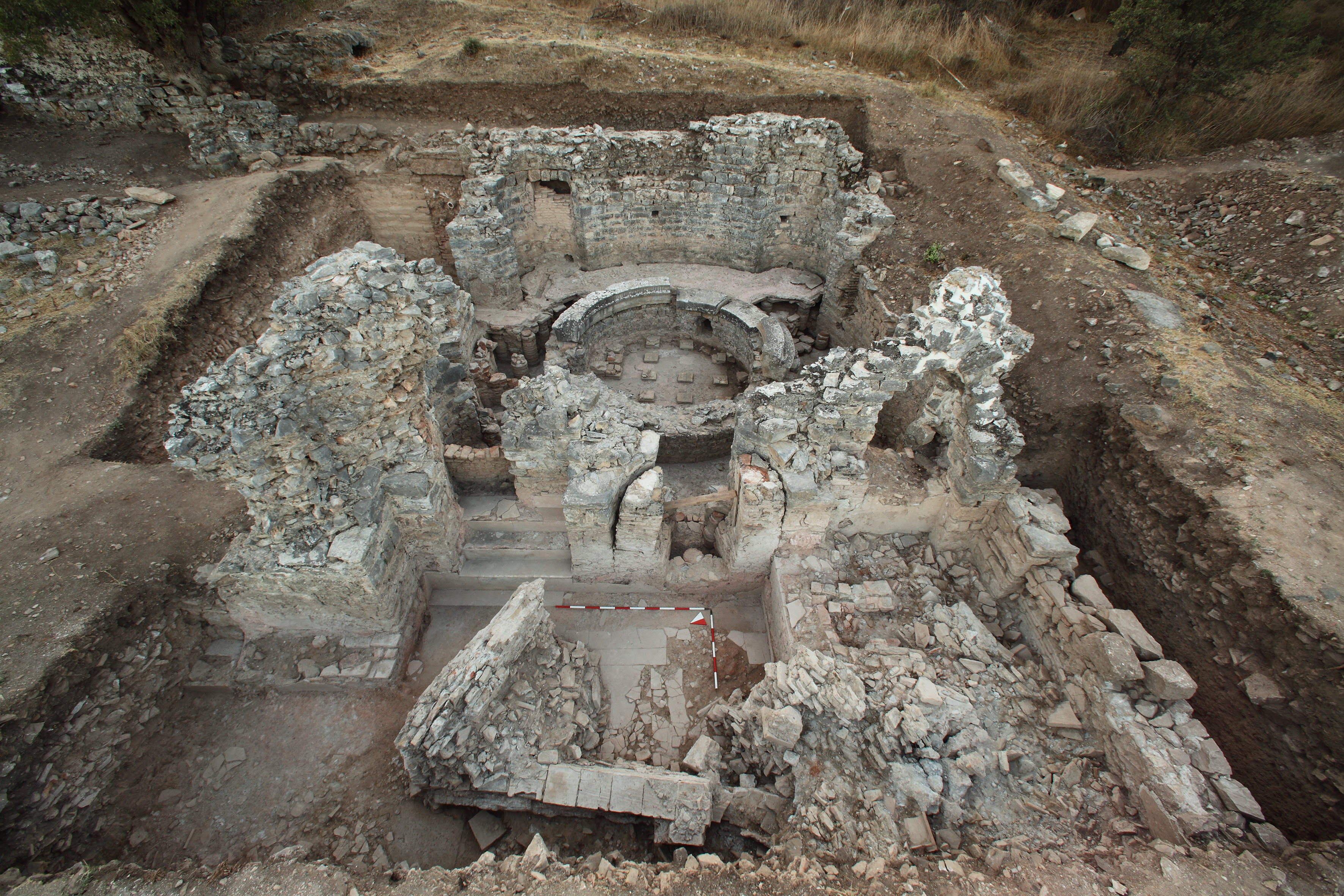Christoph Baier recently presented the latest research results on one of Turkey's largest and most visited ruin sites in what is already the 50th volume of the series »Forschungen in Ephesos«. The book shows the results of the first systematic investigations of a palatial townhouse in Ephesos from the perspective of archaeology and building research and provides insights into the development of the monumental building ensemble from the Hellenistic to the Roman period and into Late Antiquity.
You recently presented a book about your research in Ephesos. Specifically, it's about a large palace complex located high above the harbour and the city's Great Theatre. How did you come across this?
Christoph Baier: Parts of the ruins were already discovered in 1929/30. At that time it was already suspected that the monument might have been a palace, a large building complex on a huge area with interesting architecture and in an exciting geographical position. However, the complex has never been systematically investigated.
And 80 years later, you have now continued your research at this point ...
Baier: Exactly, I looked at a small but particularly interesting ruin in this area in 2009 as part of a post graduate master's thesis and documented it, and I quickly realised that this room must be just one part of a much larger complex. So my research developed step by step, and I ended up working on this project for more than ten years.
Thanks to the support of the Austrian Archaeological Institute at the Austrian Academy of Sciences, my team and I were for the first time able to carry out a systematic building survey of the already exposed ruins as well as targeted excavations. Subsequently, we studied the history of the building and its use and integrated the results into the larger urban context.
We were able to use a 3D laser scan to record the spatial structure of high-rise ruins with high precision and create plans from them.
Your main concern was first to document the ruins. How did you go about it?
Baier: You have to know that we are talking about a very large complex, at least 10,000 square metres in size. Only a very small part of it has been completely uncovered so far, in the sense that rooms have been excavated down to the floor. Apart from that, only the wall tops have been exposed, so that we are able the recognise the ground plan. The whole ensemble is located in a part of Ephesos that is outside the visitor area and thus in the wilderness. The challenge was therefore to first get an overview of the entire complex.
Fortunately, there have been enormous technological developments in the past few years that we have been able to use to determine even invisible building remains that lie underground and to document the architecture. For example, we were able to use a 3D laser scan to record the spatial structure of high-rising ruins with high precision and create plans from them.
Have you also done any further digging yourself?
Baier: We did selective excavations and subsequently had an interdisciplinary team analyse finds such as ceramics, coins, animal remains and marble and assign them to the different periods of use. In this way, we were able to obtain information on the structural development, but also on the use of the building.
We were able to establish that the core of the palace complex probably dates back to the 2nd century BC.
How has the palace developed over the centuries?
Baier: The history of the building area begins in the Hellenistic period, i.e. in the period from the 3rd to the 1st century BC, which is a very important era for Ephesos. During this period, the city developed into an important political, administrative and economic centre in western Asia Minor due to its strategic geographical position. We were able to establish that the core of the palace complex probably dates back to the 2nd century BC. Through our research, we were also able to draw conclusions about its functions. It has many architectural and urbanistic features of a royal palace. Specifically, we are thinking of an administrative residence, a governor's palace, since Ephesos also became a main place of regional administration at that time. We suspect that it may have served as the residence for the highest Pergamenian administrative official and, if necessary, also for the travelling kings.
From what can one conclude that?
Baier: This is related, besides the architecture itself, to the urban position, the connection to the infrastructure, such as the harbour, and the spatial relationships to other important buildings, such as the Great Theatre. Our findings indicate that there was a common urban planning grid for these two large buildings. The palace was also directly visible for those visitors approaching Ephesos from the sea in a very prominent position, and its construction led to an impressive monumentalisation of the cityscape.
There were at least three major destructions, probably by earthquakes.
What role did the palace complex play in later years?
Baier: In principle, it was used until the early 7th century AD, but not without disruptions. There were at least three major destructions, probably by earthquakes. However, the palace complex was always rebuilt and its architecture continuously maintained.
We can identify phases with massive extensions in all directions. The new building parts of the complex had ceremonial, administrative and public functions. Thus, the palace was not only a residential building, but rather a multifunctional ensemble.
All our findings also suggest that the building continued to be used by the Roman provincial administration, possibly by the governor of the Roman province of Asia himself.
Were you also able to gain insights into the appearance of the palace?
Baier: Yes, but – depending on the period – in varying detail. We were able to make the most concrete reconstructions of the oldest building. For the Hellenistic period, we also find the best comparisons for certain typological characteristics from royal palace architecture.
For the later periods, when it became a huge palace complex, we only have very concrete ideas for those parts of the building that are clearly visible today. For example, we know of a very large reception hall for audiences, perhaps even court hearings. Here we know not only the room layout but also parts of the decorations, such as marble wall revetments and a mosaic floor, and can also make observations about the construction of its ceiling.
All in all, you worked on the research project for about ten years. Will there be any further work on the palace complex?
Baier: We now have a result, and we are happy about that. We have been able to present a well-founded hypothesis as to what extraordinary function this ensemble of buildings above the Great Theatre may have had.
But from my point of view, this is also a start. There is such a variety of information that is still hidden underground and a wealth of possibilities that the area could offer. So there would be many interesting points to pick up on in the future. And I am sure that on the basis of our results, it will be easier to define where targeted further measures could realistically be implemented.
To conclude our interview, a general question: How does it feel to be able to immerse yourself in times gone by?
Baier: That is of course very exciting. However, it is not so much an immediate feeling as one that emerges over time as you begin to understand the larger context and look at the historical circumstances in more detail. In the case of the palace complex, for example, it is a fascinating thought that famous historical figures such as Marc Antony or Cleopatra, who we know to have stayed in Ephesos for quite a long time, could have resided in this place where we worked.



